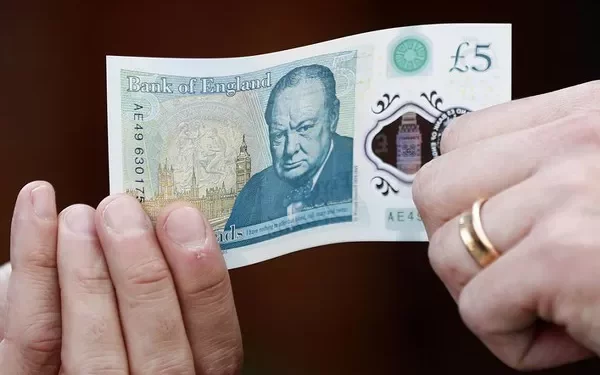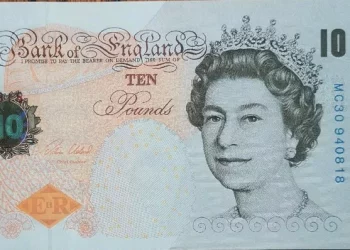The Pound Sterling (GBP) exhibited notable strength during Wednesday’s London session following the release of June’s Consumer Price Index (CPI) data by the UK Office for National Statistics (ONS). The report highlighted stubborn inflation, further complicating the Bank of England‘s (BoE) policy decisions.
The CPI data revealed that annual headline inflation rose steadily to 2.0%, while core inflation, excluding volatile food and energy items, increased to 3.5%. Inflation in the service sector, a significant factor for BoE policymakers, remained high at 5.7%. On a monthly basis, headline inflation rose by 0.1%, aligning with expectations and down from May’s 0.3%.
The persistence of high service sector inflation suggests that BoE officials may hesitate to unwind their restrictive monetary policy stance. Policymakers have expressed concerns about entrenched inflationary pressures within this sector.
The stubborn UK CPI report diminishes market speculation that the BoE will start reducing interest rates at the August meeting. The next crucial data point for the Pound Sterling will be employment figures for the three months ending in May. Economists anticipate the ILO Unemployment Rate will remain steady at 4.4%. Additionally, Average Earnings data, both including and excluding bonuses, is expected to decelerate to 5.7%. Any signs of easing wage growth could favor market expectations of BoE rate cuts.
Pound Sterling Hits Fresh Annual High Against US Dollar
The Pound Sterling surged to a fresh annual high, surpassing the psychological resistance of 1.3000 against the US Dollar (USD). This strength comes despite the US Census Bureau’s report of better-than-expected Retail Sales data for June.
US Retail Sales remained unchanged month-over-month, as higher receipts for core goods offset weak demand for automobiles. May’s reading was also revised higher to 0.3% from 0.1%. Although the data slightly improved the economic outlook, it did little to alter firm market expectations that the Federal Reserve (Fed) will start reducing interest rates from the September meeting.
According to the CME FedWatch tool, 30-day Federal Funds futures pricing indicates that an interest rate cut in September is a near certainty. Traders have also priced in two or three rate cuts this year, contrary to the single cut forecasted by Fed officials in their latest dot plot.
Higher expectations for Fed rate cuts in September were bolstered by a softer-than-expected CPI report for June, signaling that disinflation resumed in the second quarter after stalling in the first. Additionally, easing labor market conditions have fueled prospects for rate cuts.
Overall, the persistent inflation in the UK and the growing anticipation of rate cuts in the US are driving significant movements in the currency markets, with the Pound Sterling gaining a notable advantage over the US Dollar.
Related Topics:



























